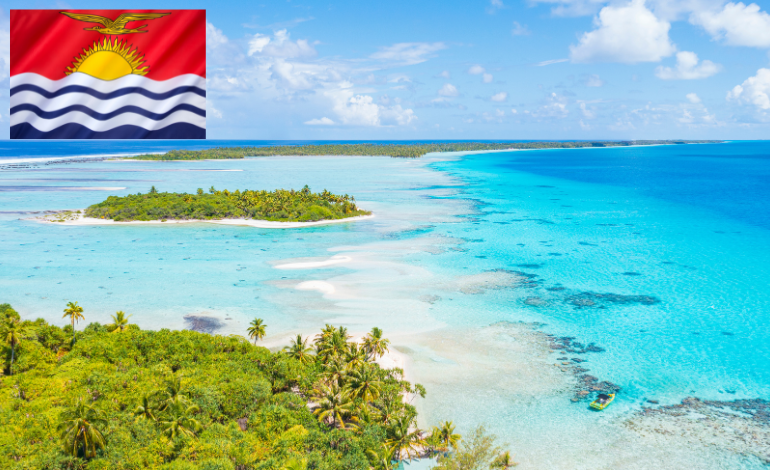Kiribati’s strategic focus on developing its aviation and transport infrastructure is pivotal for its economic growth, tourism expansion, and climate resilience. The country relies heavily on Bonriki International Airport in South Tarawa and Cassidy International Airport on Kiritimati, alongside 19 smaller domestic airports across its outer islands. Aviation not only provides essential connectivity for imports, exports, and healthcare but also supports Kiribati’s growing tourism sector and acts as a lifeline for communities scattered across the vast Pacific archipelago. Read our previous story on Kiribati’s infrastructure here.
The $60 million Kiribati Kiritimati Infrastructure Project (KKIP), funded by the World Bank, is a key initiative aimed at enhancing the transport infrastructure on Kiritimati. The project’s main goals include improving road connectivity between Cassidy International Airport and London, the island’s primary community, and strengthening air transport facilities to ensure safe and efficient access. The upgraded infrastructure will also facilitate the rapid movement of goods, especially perishable exports, and enable timely emergency response capabilities.
A significant component of this plan is to secure “last point of departure” status for Cassidy International Airport, which would allow for direct air freight exports to the United States, particularly to Honolulu. Currently, the airport only handles passenger flights on the CXI-Honolulu route, with a Boeing 737 as the largest scheduled aircraft. Upgrading the airport to meet the US Transportation Security Administration (TSA) and Federal Aviation Administration (FAA) standards would unlock air freight potential, reducing economic barriers for export goods, such as marine products and aquaculture, and creating new economic opportunities for Kiribati.
In addition to air access, the government is exploring options to improve sea transport. Currently, international sea access to Kiritimati is limited to a jetty managed by the Kiribati Port Authority, which is constrained by westerly swells and lacks adequate container storage. The government is considering the development of a new port to facilitate more reliable sea transport, which is essential for the island’s broader economic development.
Climate change remains a persistent challenge for Kiribati, with rising sea levels and the risk of tsunamis posing existential threats to the low-lying islands. In response, the government has developed contingency plans, including potential climate migration to Kiritimati. As part of these efforts, KKIP supports foundational infrastructure that strengthens transport connectivity, seen as “no-regret” investments crucial for Kiribati’s adaptation to climate risks.
Kiribati’s vision for Cassidy International Airport also aligns with its ambitions to boost tourism and GDP growth. The island of Kiritimati, known for its rich marine resources and recreational opportunities, holds significant potential as a tourist destination. With enhanced infrastructure and improved air connectivity, Kiribati aims to increase its visibility on the global tourism map, leveraging its natural assets to drive economic diversification.



